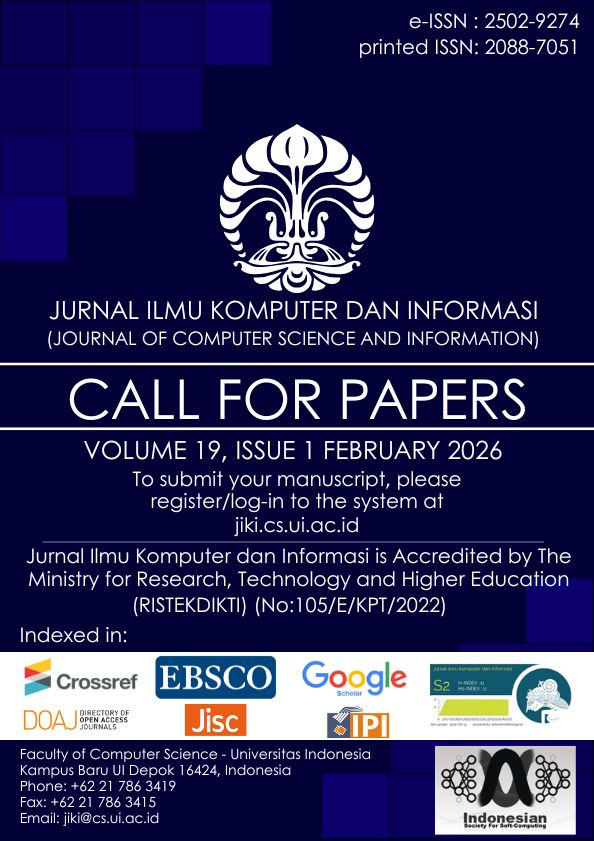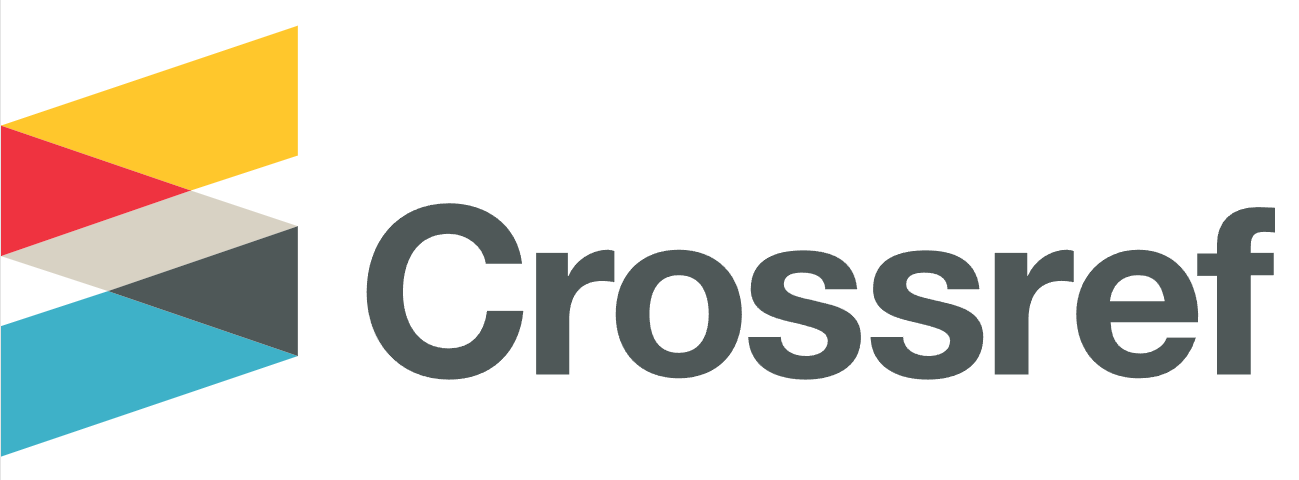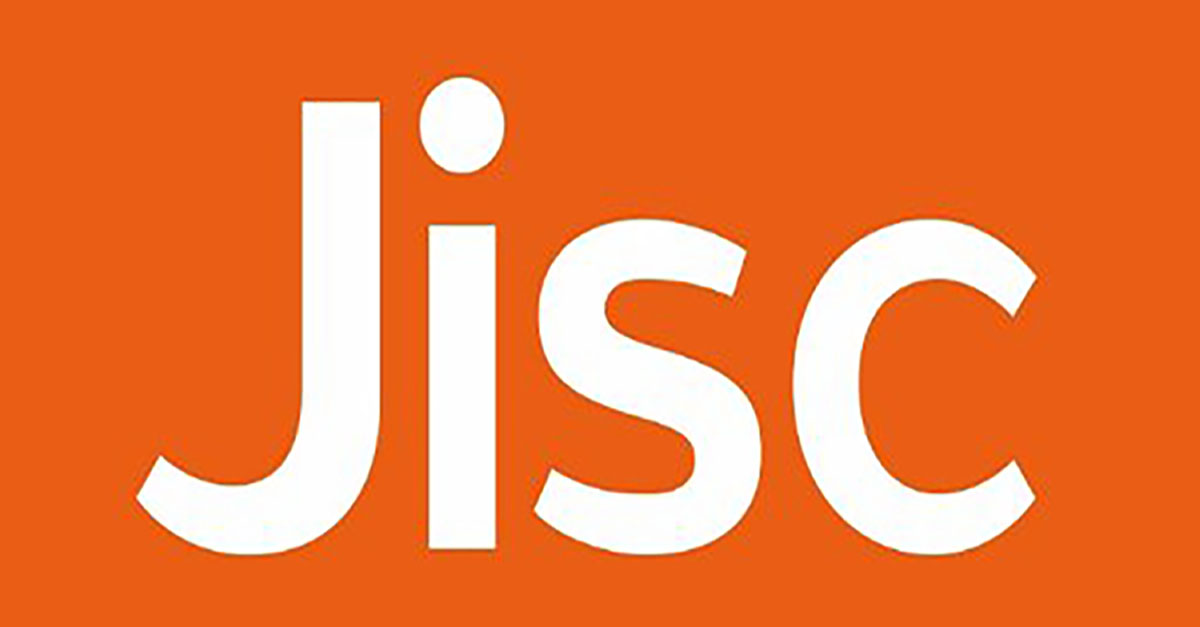A Hybrid Vision Transformer Model for Efficient Waste Classification
DOI:
https://doi.org/10.21609/jiki.v18i2.1545Abstract
The rapid and accurate sorting of municipal waste is essential for efficient recycling and sustainable resource recovery. Most existing AI solutions focus only on four common materials (plastic, paper, metal, and glass), overlooking many other routinely encountered waste types and losing accuracy when applied to the mixed waste compositions seen in operational environments. We introduce HR-ViT, a hybrid network that combines ResNet50 residual blocks, which capture fine-grained local cues, with Vision Transformer global self-attention. Trained on a balanced six-class benchmark of about 775 images per class (plastic, paper, organic, metal, glass, batteries), HR-ViT attains 98.27 % accuracy and a macro-averaged F1-score of 0.98, outperforming a pure ViT, VT-MLH-CNN, and Garbage FusionNet by up to five percentage points in both metrics. Gains arise from selective fine-tuning of the last ten ResNet layers, lightweight ViT hyper-parameter optimisation, and targeted data augmentation that mitigates cluttered backgrounds, uneven lighting, and object deformation. These results show that hybrid attention-residual architectures provide reliable predictions under complex imaging conditions. Future work will extend the method to multi-object scenes and domain-adaptive deployment in smart-city recycling systems.
Downloads
Published
How to Cite
Issue
Section
License
Authors who publish with this journal agree to the following terms:
- Authors retain copyright and grant the journal right of first publication with the work simultaneously licensed under a Creative Commons Attribution License that allows others to share the work with an acknowledgement of the work's authorship and initial publication in this journal.
- Authors are able to enter into separate, additional contractual arrangements for the non-exclusive distribution of the journal's published version of the work (e.g., post it to an institutional repository or publish it in a book), with an acknowledgement of its initial publication in this journal.
- Authors are permitted and encouraged to post their work online (e.g., in institutional repositories or on their website) prior to and during the submission process, as it can lead to productive exchanges, as well as earlier and greater citation of published work (See The Effect of Open Access).










